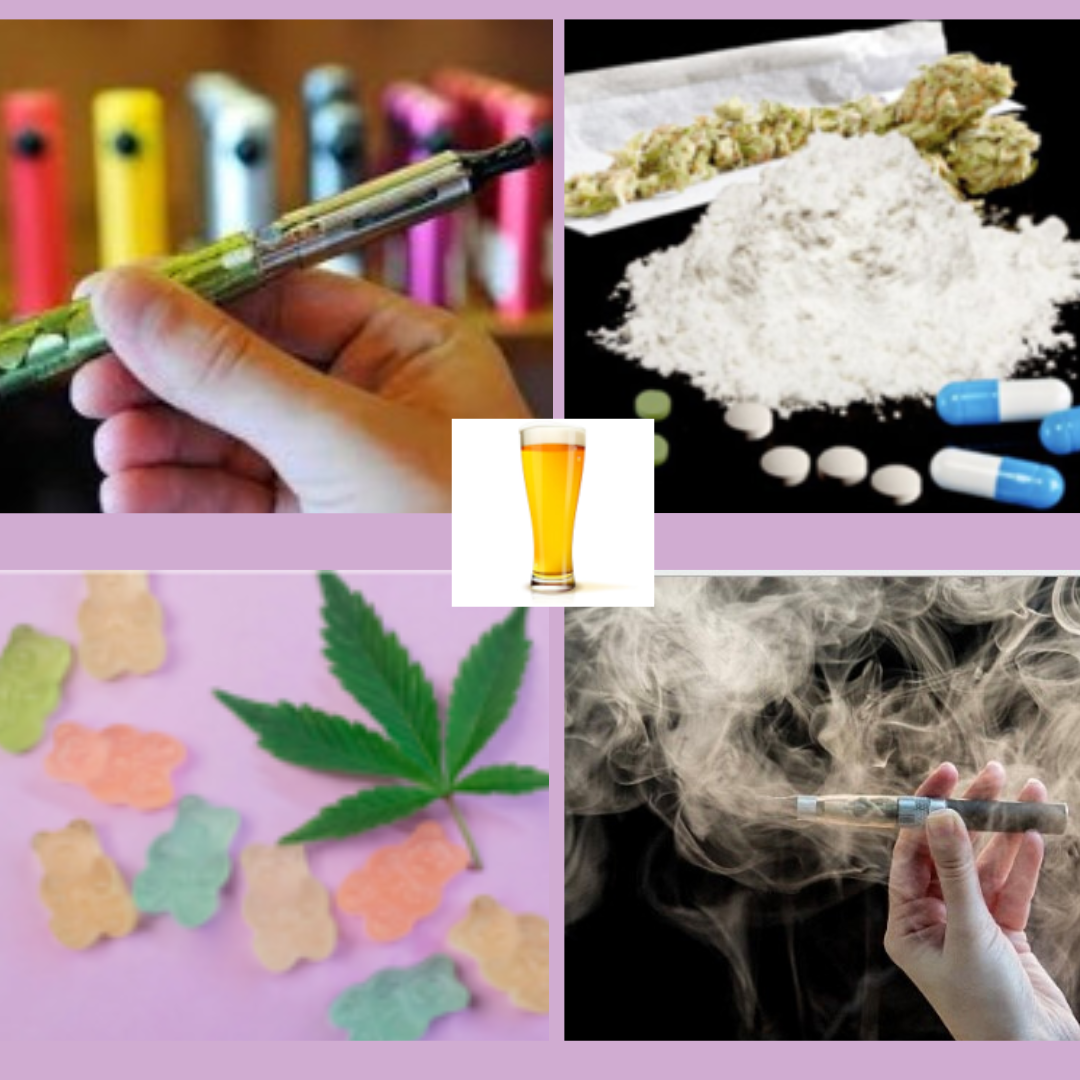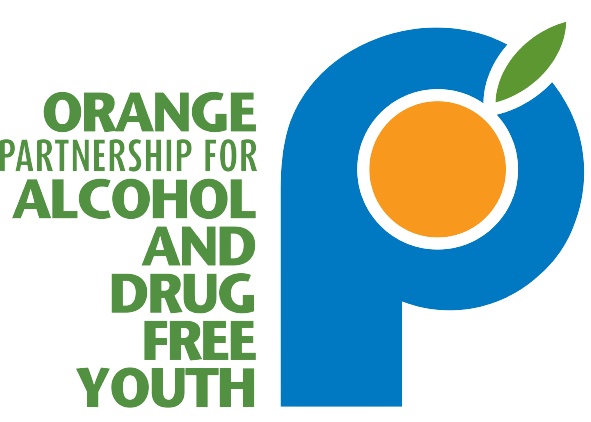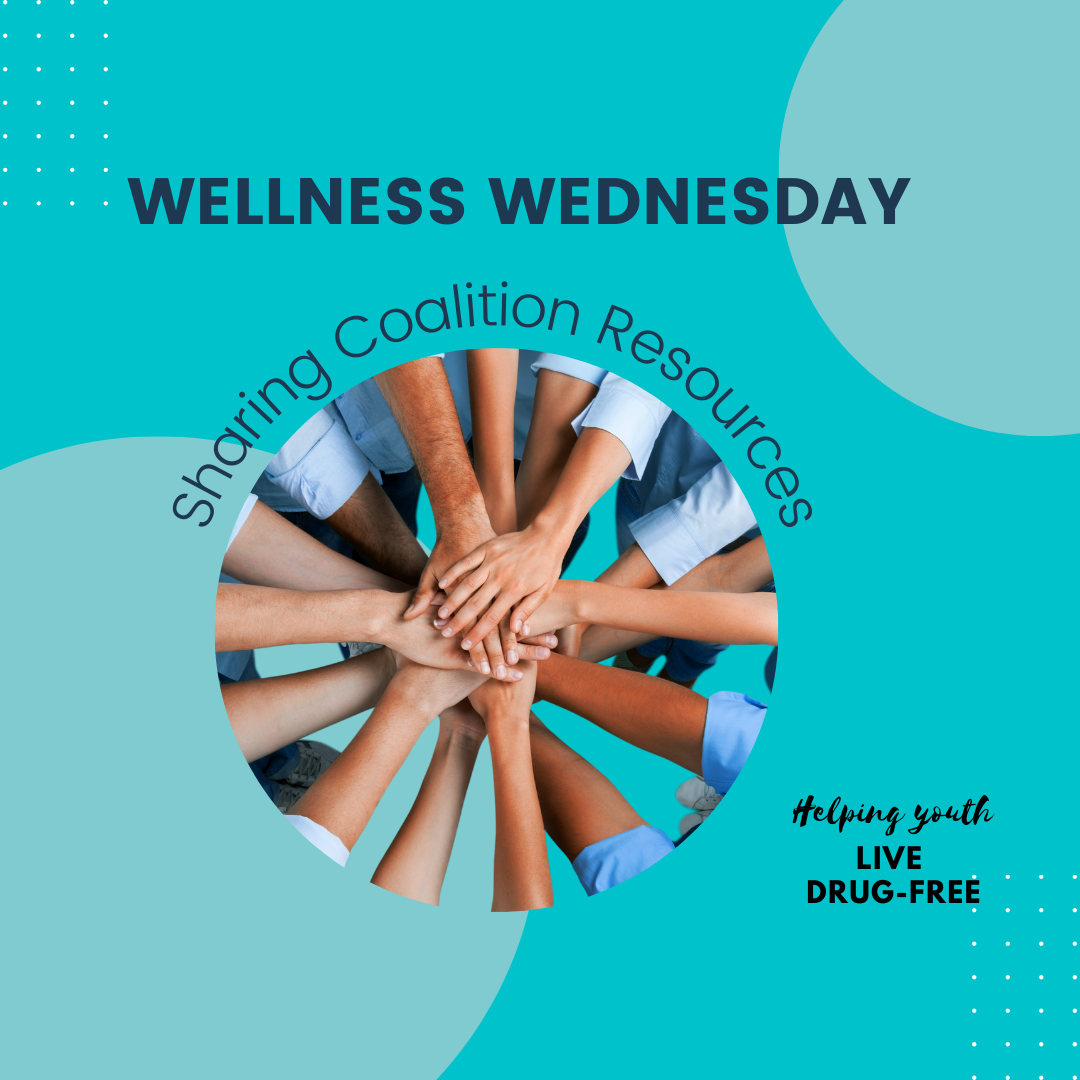It is no secret that alcohol and certain activities don’t mix such as operating heavy machinery, swimming and driving. Alcohol’s immediate side effects such as delayed reaction times, impaired coordination and loss of critical judgement far too often lead to injuries and even fatalities.
Over 12% of trauma patients tested for alcohol at UNC Medical Center from 2019-2020 had alcohol in their system at the time of their injury, with 25% of patients ages 16 to 21 testing positive. The percentages are likely even higher since more than half of the patients were not tested for alcohol. Orange County residents under the influence of alcohol have sustained traumatic injuries from burns, falls, assaults, stabbings and wrecks.
However, despite the known effects of alcohol and the injuries that result, it is not often viewed as a dangerous substance. Alcohol is the most frequently used drug and, as a result, has become a normalized aspect of daily life for many. But the reality is that more teens die as a result of alcohol use than all other illicit drugs combined.
On average, youth try alcohol for the first time at 14, when they are in middle school. The vast majority of North Carolina’s youth — 94% — say underage drinking is a problem, according to Talk It Out NC. The 2019 Youth Risk Behavior Survey found that among high school students, 29% drank alcohol in the past 30 days and 14% binge drank.
While not everyone who drinks does so at heavy levels, studies show underage drinkers are more likely to engage in binge drinking, which involves having four or more drinks at a time.
Underage drinking, especially binge drinking, is harmful on the brain’s development and can lead to consequences such as blackouts, unplanned and unwanted sexual activity, fights, accidents and driving while intoxicated.
North Carolina loses at least one person per week due to underage drinking.
Josh Helm, an 18-year-old freshman at UNC Charlotte from Hillsborough, died from underage drinking in 2014. His mother, Vicki Helm, said she learned her son spent the day drinking with a friend in his dorm and ultimately fell out his seventh-floor window to his death.
She said his binge drinking left him incapacitated where he was no longer capable of seeing what was dangerous. Binge drinking is not uncommon, as 1 in 6 teens binge drinks, according to Talk It Out NC.
Helm said the current drinking culture of people overconsuming and becoming blackout drunk is troubling and tempts fate every time they do so.
“All the kids that come to the University of Chapel Hill or Charlotte or State, they have big dreams. And yet, drinking can take it all away,” Helm said.
In the aftermath of her son’s death, Helm said she nor her son were prepared for the drinking culture he would be surrounded by.
With her younger son headed to college shortly after, she said she navigated conversations about drinking differently. Instead of saying “Just don’t drink,” she turned to providing scenarios and evidence of what alcohol does to your body.
Helm emphasized the importance of parents and children discussing drinking openly and urged parents to initiate the conversation at an early age. While she said children may be reluctant to listen, short and frequent discussions can have an impact on your child’s decisions about alcohol.
In fact, 84% of middle school students surveyed said they felt parents talking with them more about alcohol would help stop underage drinking, according to Talk It Up NC.
But Helm doesn’t want conversations about alcohol to end once a child reaches the legal drinking age. She said ongoing conversations about drinking habits between people of all ages is important because it’s impossible to know when drinking may become a problem. However, individuals who start drinking before age 15 are five times more likely to develop alcohol use disorder.
Regardless of age, alcohol consumption can have physical, emotional, financial — even fatal — consequences.
“Each person has to see themselves as my son, and they have to see me as their mom,” Helm said.
It’s the harsh reality of loss she wants people to reckon with so behaviors and understandings shift from alcohol as a means to have fun and relax to a serious substance that could cost you your life.
-Rachel Crumpler is a UNC Journalism major and intern with Safe Kids of Orange County, an Orange Partnership coalition member.




